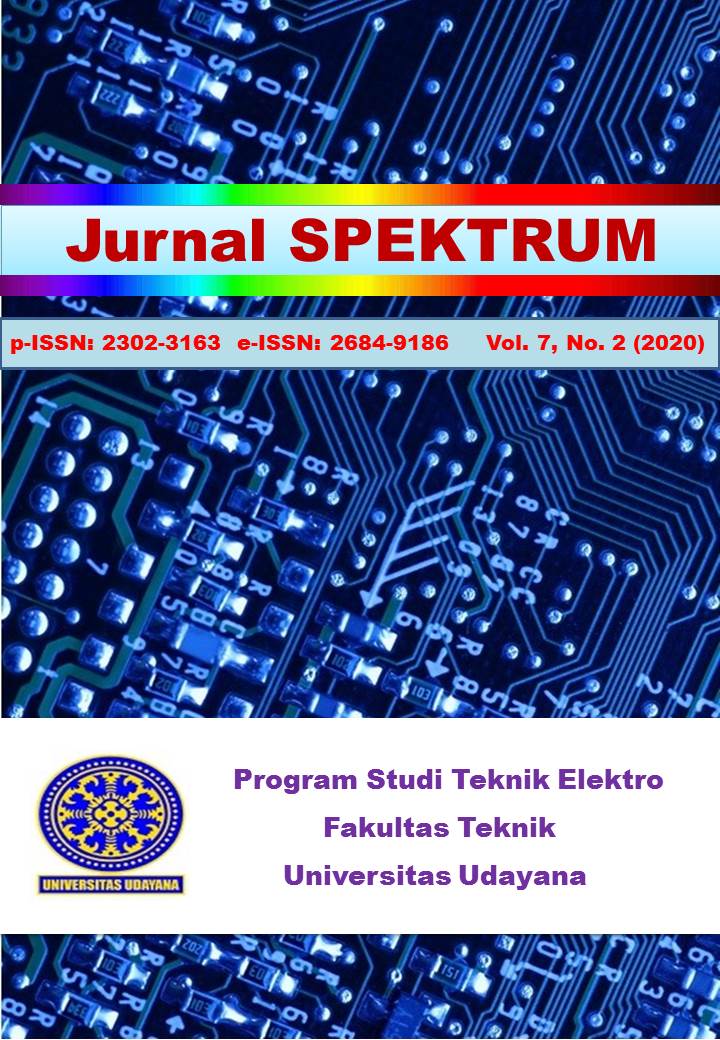PERBANDINGAN ALOKASI PENEMPATAN FILTER AKTIF DAN FILTER PASIF UNTUK MENDAPATKAN DISTORSI DAYA TERKECIL PADA JARINGAN DISTRIBUSI DI BLUE POINT BAY
Abstract
Harmonic filter is a power electronics technology to produce specific current components that can
be used to reduce harmonic currents generated by non-linear loads. Non-linear load is usually found
on electronic equipment in which there are semi-conductor components, such as the use of air
conditioners, TVs, computers, medical equipment, musical instruments and so forth. Based on
preliminary measurements at Blue Point Bay Villa & Spa, the simulation results of the THD (Total
Harmonic Distortion) current value of 25.17%, which means exceeding the IEEE 159-2014 standard
value of ? 15.0%. Filters that are placed incorrectly can cause THD harmonics to be suboptimal. From
the results of the study it was found that the THDv value at Blue Point Bay Villa & Spa was 4.83%
where these conditions met the maximum THDv IEEE 519-2014 standard for voltages ? 69 kV. THDi
value at Blue Point Bay Villa & Spa after the use of active and passive filters is ? 15% and according
to IEEE Standard 519-2014. The best placement of active filters to reduce power distortion is SDP 2.2
because it can reduce power distortion from 20.08% to 3.94%, and the best passive filter placement is
MDP 2, because it can reduce power distortion from 20.13 % to 8.52%.
Downloads

This work is licensed under a Creative Commons Attribution 4.0 International License.



